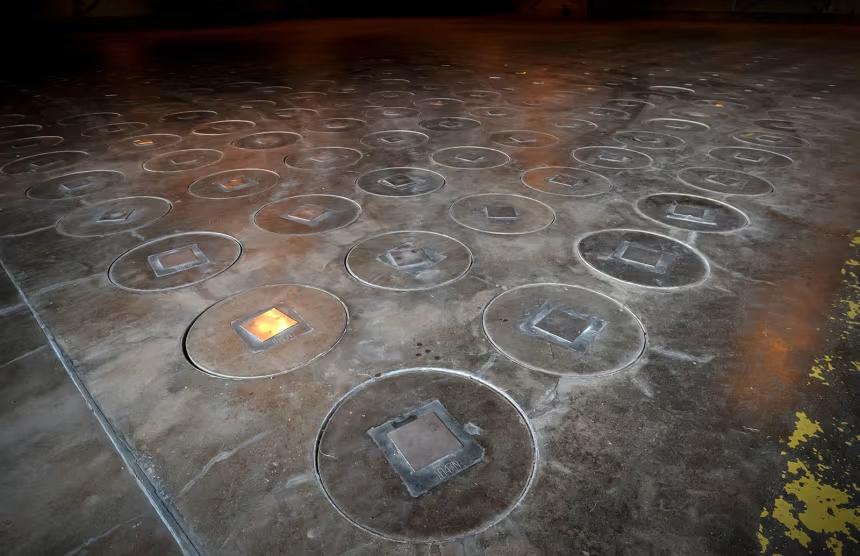A strange and alarming discovery was made at the Savannah River Site in South Carolina when workers found a wasp nest that tested positive for radioactive contamination. The nest was located near a liquid waste tank at the site which was once home to US nuclear weapons production. Radiation levels were found to be nearly ten times above the safety threshold set by federal guidelines.
Officials at the Department of Energy were quick to clarify that there was no risk to public health. The radiation was considered moderate and was attributed to legacy contamination meaning leftover radioactive material from decades ago when the facility was still actively involved in nuclear weapons manufacturing. There was no leak or accident at the facility leading to the contamination.
The wasp nest was carefully removed after exterminating the insects using insecticide. The structure was sealed in a radiation proof container and disposed of as radioactive waste. The exact species of the wasps and the materials used in building the nest were not determined since the wasps did not survive and the nest was destroyed after being secured.
Environmental watchdogs however raised concerns. Tom Clements director of the Savannah River Site Watch criticized the vague details of the official report. He emphasized the importance of identifying the type of wasp and nest material since this information could help trace the source of contamination more accurately. Some wasps use mud or decaying plant matter while others rely on cellulose based paper like substances. Knowing the construction could indicate how the radioactive material was picked up.
The Savannah River Site covers over 300 square miles and was one of the most critical sites during the Cold War for the production of plutonium and tritium used in American nuclear weapons. Since the 1980s the facility has been designated as a Superfund cleanup site and is undergoing ongoing environmental restoration and monitoring.
This is not the first time wildlife and radioactive materials have crossed paths. In other nuclear sites around the world animals have occasionally come into contact with radioactive dust and waste. From wild boars in Germany to turtles in US rivers such contamination events show that radioactive residues can persist in nature for decades.
While officials continue to assure the public that the site is safe and that the incident was minor the radioactive wasp nest is a stark reminder of the long term environmental impact of nuclear production. It also highlights the need for continued vigilance in monitoring both man made structures and wildlife around former nuclear facilities.


